A Basic Guide to The Care of Discus
This guide is not meant to supersede, or replace any of the comprehensive textbooks written on the subject of keeping fish of the genus Symphysodon spp. Commonly called Discus. It is meant as a primer for those considering keeping this beautiful fish and possibly breeding them. It should be used as a very basic guide, as that is all it is intended to be. I should also preface this work by stating that this guide is based on what the author has found to be useful, and it may differ from what others do or advise.
Introduction:
For decades Discus have been considered by many to be the crowning jewel in any aquarium hobbyist cap. To successfully raise and breed these beautiful is not the easiest thing to do, but it is possible if you keep in mind what they need. Discus require good clean water, appropriate diet, temperature that are warm enough, and good physical health to thrive.
Water:
What I will write here will conflict with much of the older works on Discus. Discus evolved in waters that are very soft, and acidic. Because of this they earned a reputation for needing to be kept in that water that in the range of 5.5-6.8 pH, and low conductivities. What many hobbyists and breeders , including the Author have found is that though Discus do well in waters with these parameters, Discus are remarkably adaptable in their water requirements. Young discus will grow fine in water that is between 7.0 and 8.0, with some raising them in water that is higher than pH 8.0. This water can have a high kH and high gH and it will still be suitable for any non-breeding discus. Discus that are to be bred will spawn more readily in the softer waters, and lower pHs. Many have noted decreases in egg hatch rates as the waters hardness goes up. To compensate for this, breeders not blessed with software make use of Reverse Osmosis water filters, and Peat filtration. These allow for the removal of the minerals , and subsequent softening of the water.
What water parameters are important then? The water should have no ammonia, and should be free of nitrites, It should have little to no nitrates as well. This is accomplished by having an adequately cycled biological filter. This filter is colonized by bacteria that breaks down ammonia and nitrite waste into nitrate. The nitrate is is then removed by any plants in the tank, or by water changes. There is a wealth of information on the internet and in books on biological filtration. If you are not familiar with this area of aquarium keeping, do not undertake discus keeping yet. Discus do not tolerate ammonia and nitrite levels well.
Another important water parameter to pay attention to is your pH. AlThough Discus will live in waters within a broad range of pH. They do not like fluctuating pHs. This often occurs when water is added straight from the tap to the tank. Often this water contains gases that artificially raise the pH.Once the water is in the tank though, the gases leave the water, and the pH drops. Depending on the magnitude of the change, Discus can get very stressed. Its very important that a person understand there waters parameters. To do so…a pH reading should be taken right from the tap, and then some water should be “aged” and a new reading taken. “aging” the water is accomplished by using a suitable holding container such as a plastic pail, or drum. The water is heated and aerated or circulated by pump. This causes the gases to leave the water, and the resulting water will have a pH that is a more true reflection of what a hobbyists water really is. Once you know exactly what your pH is , you can make adjustments where needed in your waters kH and gH.
The water must also be clean and free of any chlorines, chloramines, and municipal water treatment chemicals.. Commercial preparations are available to detox. these agents. Be sure if you have city/ municipal water that you check with them about exactly what is in that water.
Discus aficionados are notably fanatical about their tanks water. There is great variability though in exactly what is defined as clean water. On one end of the spectrum is the Discus keeper that maintains their fish in planted display tank with gravel bottom and changes small percentages weekly.On the other end of the spectrum is the keeper that maintains their discus in completely bare tanks, and does 30% or more water changes aday. There is great debate as to how much water should be changed, and this issue can’t be addressed here. As a general guide… change as much as you can daily or at some other interval that you feel comfortable with. If your tanks look dirty, smell dirty, have detectable ammonia or nitrite, have high levels of nitrates, or if your are dark, and stressed out… try increasing how much you change and the frequency. The cleaner your water….the happier your fish will be.
Diet: Discus are primarily carnivores and as such they require high levels of protein in their diet. This food can be in the form of commercial food, freeze dried , frozen or live. The key is for the diet to be varied. A varied diet ensures that the fish will not get a nutritional deficiency. It also will give them a better shot at reaching a large size. Given a proper diet its not impossible for a discus to reach a size of 7-8 inches tail to tip. Often the feeding strategies used are to feed 3-5X a day, remove all uneaten food.
Commercial dry foods: High quality flakes, and pellets . Many are manufactured specifically for discus.
Frozen foods: Blood worms, brines shrimp, Mysis shrimp, krill are all commonly fed. Choose a reliable brand. Look to see if they mention any sterilizing done to remove pathogens.
Freeze Dried: Most frozen foods are available as flash frozen and dried. These foods are for for the most part nutritionally comparable to the frozen.
Live: Earthworms, redworms, mosquito larvae,Brine California Blackworms are commonly used as food. It should be noted that these are excellent nutritional supplements but there is always a chance that they may introduce an undesirable organism into the tank.
Homemade Foods: Many hobbyists and breeders will make their own fish food, using various combinations of heart meat(beef, veal, pork, turkey etc) stripped of any visible fat, and connective tissue this heart meat is high in protein, easily digested, and can be fortified with various other ingredients including vegetable matter, vitamins, fish, crustaceans. The variations to the recipes are endless.
Temperature range:
Discus are a tropical water fish, coming from the Amazon River Basin in South America. They require temperatures that are higher than many other aquarium fish. Generally fry and young actively growing fish are kept in water that has a temperature range of 84-89 F . Breeders are usually kept in slightly cooler water in the range of 81-83 F. Because of the water temperatures in The Amazion Discus evolved to be able to tolerate relatively high water temperatures. Often times water temperatures in the low 90’s (92F) are used to stimulate a fishes appetite by increasing their metabolism. This use of “high” heat as it is fondly called is also used in the treatment of several parasites and disease conditions where the target organism is heat sensitive.
Good health:
If a discus is healthy, its immune system will be able to fight off many pathogens. If the fish is ill, it may be necessary to intervene with medications. There are many diverse opinions about the use of medications with fish. Some only medicate when absolutely necessary , other do so prophylactically for common discus pathogens like Flukes, and worms. The decision of when to use a medication is a personal choice, but it is a choice that needs to be made in an informed manner. Be sure your fish needs to be treated, and be sure you know everything about that medication. Used wisely medications can save a valuable fish(es), used carelessly or ignorantly and they can destroy you biological filter, create resistant pathogens, and kill fish.
Some Tips:
When possible start with healthy fish from a reputable source. Curing the ill fish at a local fish shop or from a cheap source, is not easy, and may bring unwanted diseases into your house. Some of which may pose a health threat to you, your pets, and other fish.
Quarantine all new fish. This means keep them, and all their nets, buckets etc separate from you other tanks. Separate rooms are best. These fish should be isolated and observed for diseases for at least 4-6 weeks. The author recommend 6 or more weeks. Whether to prophylactically treat the fish during this time is a personal choice., but at the least it will give you a place to treat fish for ailments as necessary.

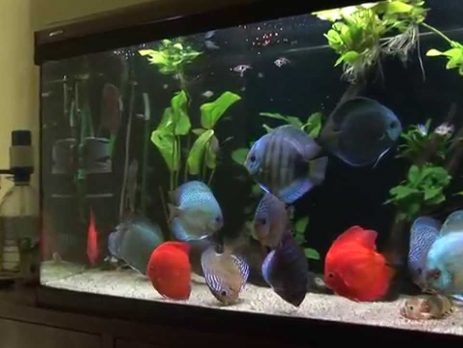
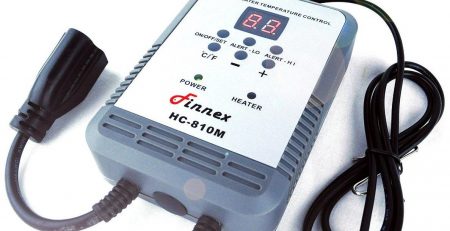
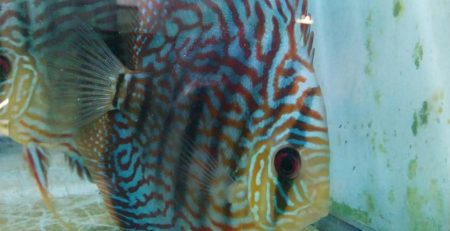
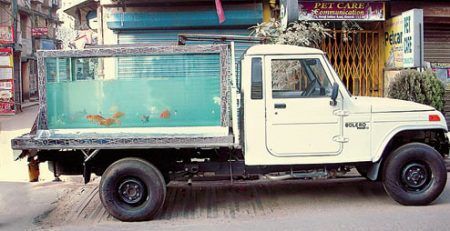
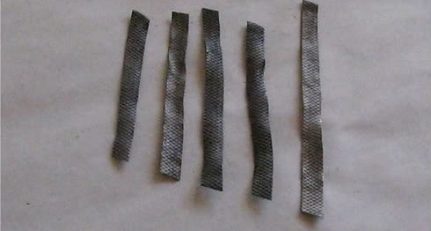
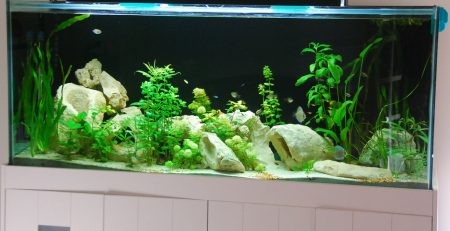




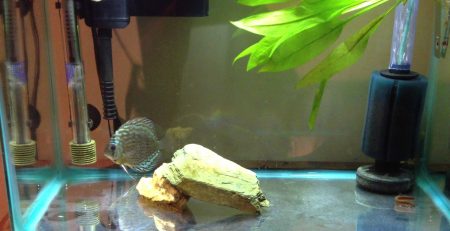
Leave a Reply
You must be logged in to post a comment.